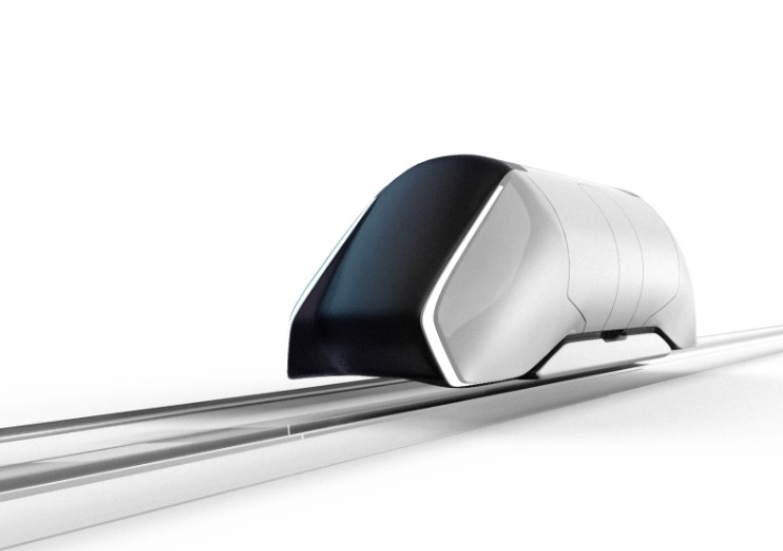Japan's bullet train is impressive given its maximum speed can reach over 500 km/h. If this vehicle already surprised you, then wait before you hear more about the "train of the future."
The Hyperloop, a revolutionary transportation concept developed by Hardt, introduces a futuristic approach to public travel. The 30-meter-long white tube, resembling a rocket, hints at a transformative shift from conventional on-rail trains.
Ultra-Fast Travel in a Vacuum

At the core of the Hyperloop lies a groundbreaking mobility system, streamlined into just two elements: a high-speed train and a vacuum.
Unlike traditional trains that rely on rails and tunnels, the Hyperloop operates in a vacuum, reaching an astonishing speed of 700 mph (almost 1,127 km/h). This velocity eclipses the top speeds of most UK trains, offering a glimpse into a faster, more efficient future.
Related Article : Experience Thailand's Scenic Winter Getaways with 'Floating Train' Rot Fai Loi Nam
Maglev Pods and Frictionless Journeys
The Hyperloop ditches traditional carriages in favor of pressurized pods, magnetically levitating on tracks. By eliminating air resistance within the tube, friction is minimized, enabling unparalleled speed. The absence of drag results in energy-efficient propulsion, aligning with the Hyperloop's mission to operate solely on electricity.
Luxurious Travel Experience
Inside the Hyperloop pods, passengers are treated to a luxurious experience. According to The Sun, the two advanced seats boast a display providing travel information, while the ceiling's simulated northern lights enhance comfort and potentially counteract high-speed travel-induced dizziness. The pod's levitation technology eliminates common train vibrations, ensuring a smoother journey.
Global Connectivity and Environmental Impact
The Hyperloop envisions remarkable global connectivity, covering over 1400 km between Amsterdam and Budapest in just four hours and twenty minutes. Just imagine how fast it is when it travels to your city.
The LA to San Francisco route, typically taking over five hours by car, shrinks to an astonishing 30 minutes. This disruptive technology proposes a harmonious integration of cars, trains, and planes, potentially alleviating the burden on existing rail networks.
As forecasts anticipate increased demand for rail transport by 2050, the Hyperloop emerges as a promising solution with the potential for reduced emissions.
MagRail, the Polish startup behind the magnetic levitation system, plays a crucial role in realizing this vision. Initial tests indicate its adaptability to existing railways, optimizing transportation efficiency.
While the initial excitement in the US may have waned, global interest in Hyperloop technology persists. Seven companies, with leaders like Hardt and Zeleros, continue to advance research and development. Despite shifts in focus and reductions in staff by some companies, the commitment to shaping the future of transportation remains steadfast.
Beyond Hyperloop: China's High-Speed Train Triumph
While the Hyperloop captures the imagination, China Railway completes successful tests of next-generation high-speed trains. These trains are predicted to surpass plane speeds, marking another leap in the evolution of global transportation.
Back in 2022, Tech Times reported another futuristic train that can be used as next-gen transportation. It's not the Hyperloop shuttle, but rather the high-speed rail designed by Priestmangoode designers.
In another story, CBS News reports that Florida will have its own high-speed rail that will connect Miami to Orlando. It is touted to be the future of travel for Americans.
Read also: Indonesia's Landmark "Whoosh" Bullet Train Inauguration: A Leap in Southeast Asia's Transportation





